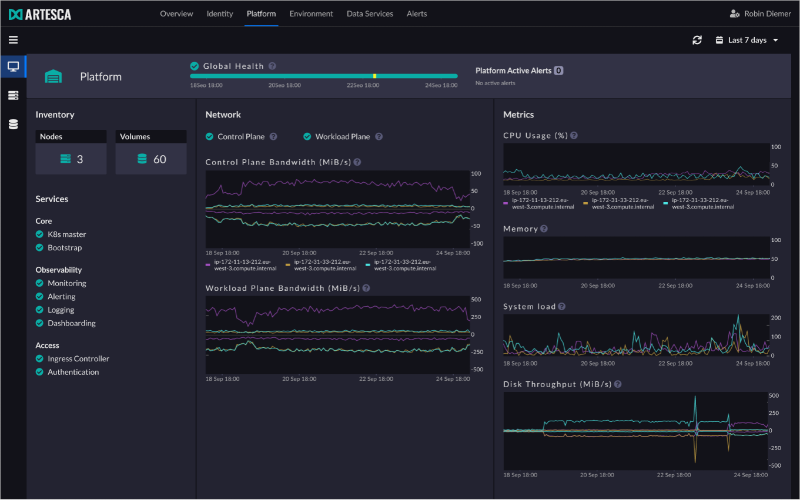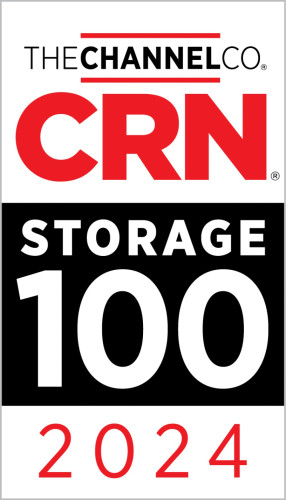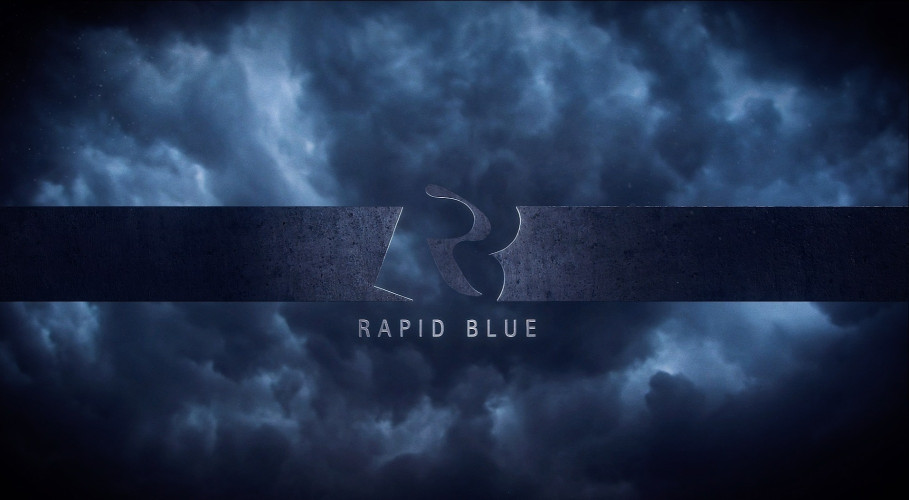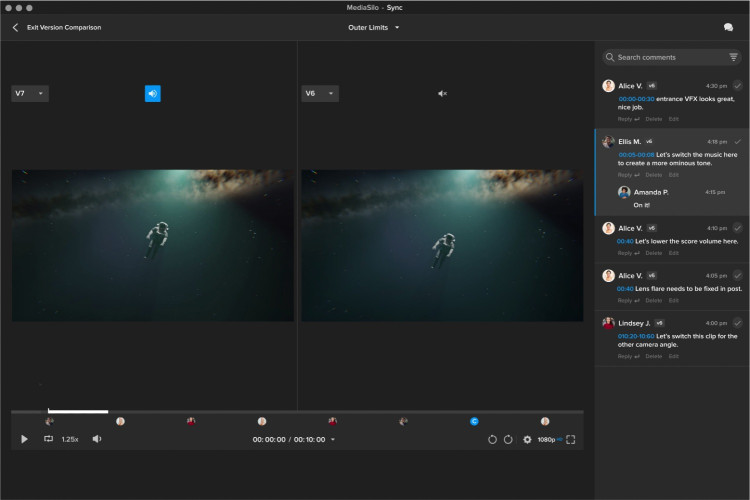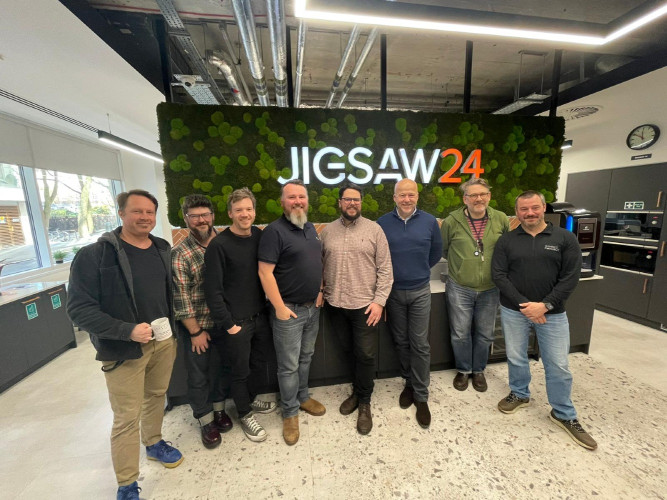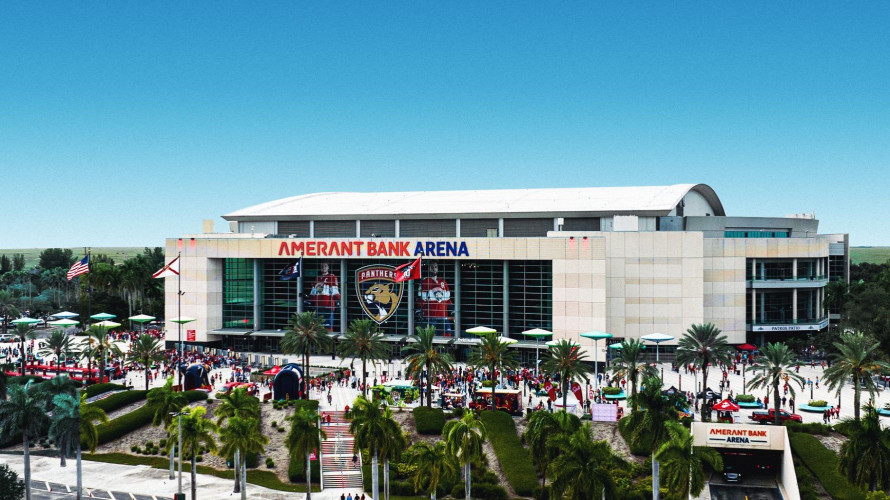How the mysteries of Library and Archive have changed in Broadcasting

Author: Bob Pank#
Published 1st October 2011
As I walked into the ATV Bridge Street studios in Birmingham in November 1974 I could not have known what a revolutionary time I would experience in my career as a “Library Guy”.
Since 2” tape became the recording medium for television in the late fifties nothing much had changed in its cataloguing, storage and usage. A few stickers on the tape, a recording card for the engineer (yes they were proper engineers who could fix stuff then!) and a card index system of retrieval based on the tried and tested shoebox theory. Tape numbers were allocated from an A4 book and librarians retrieved tapes on request either by tape number if the p.a. had written it down or by the production number (They call them UMID’s now). 2” tape was cumbersome to say the least, with a 90 minute tape weighing in at around 12.5 kilos. Today the information held on that tape would fit onto a 200gb pocket storage device.
Ampex had just developed the ACR 25 , a recording and playback 2”cartridge machine to play in or tx commercials. At that time virtually all commercials were transmitted from film. This was the first step into automation along with the 3M’S TCR 100.
The Tape Library has always been a central part of broadcasting as it was the only department that was in contact with all parts of the business on a daily basis, from production planning, air time sales, finance and programme makers ,to engineering, lines and transmission. This became very clear when I moved to LWT on the Southbank in September 1975 where I became the youngest Library manager in the network at the age of 22. LWT was the centre of the ITV Network output with all the major weekend shows including a 5 hour live sports programme every Saturday. It was through sport that many innovations that now exist in TV emanated, purely because of the immediacy and high production values of televised sport.
In 1975 the library at LWT was in one room next to VTR with a staff of 4 and 6000 tapes. When I left in 1998 there were 18 staff and nearly 300,000 tapes stored over 3 floors in a purpose built annexe. So what changed?
In 1978 we introduced a new type of card index system with reduced the amount of space needed for filing and within 2 years we had developed the first computer based library system, which although stand alone, was much easier to manage the logging process. We still could not retrieve anything other than basic information but it became the forerunner of today’s library and archive systems.
Back in the day the library guys were fonts of knowledge and much of the time relied on their memory to identify and find shots or material. It was not possible to store the content data logged with the tape except as some bits of A4 stuffed in the tape box. Nowadays this information (metadata) is available instantly on a desktop or straight on air via sophisticated and intelligent search tools.
It should also be remembered that without the dedication of librarians throughout the industry, many programmes that senior management wanted erased to save money would have been lost forever and history would have been poorer for it. I think specifically of my own experience of discovering that over 200 of the original David Frost shows from the late sixties and early seventies were all wiped, including an interview with John Lennon.Many of the archive programmes from that era were only saved by librarians hiding them away.
The next big change came in 1981 when 1” tape was introduced, with a maximum of 2 hours recording and for the first time the ability to see the images on fast forward and rewind. This had been available on consumer products such as VHS and Betamax but not at the high end. It also made portable recording a much more viable alternative to film and LWT’s first production using 1” was Outside Edge in 1982. This dramatically increased the amount of tape being used which of course meant more physical storage.
Within another couple of years Sony developed a cassette based format built around the U-matic system which totally revolutionised location shooting and, for the first time, news gathering. Hi Band U-matic with tape-in-camera technology meant smaller crews and a more nimble ability to get to and from events. It also brought headaches to the library because you now had tape that could fit in a drawer or a briefcase and I just wish I had a pound for every time the library were accused of losing material when all the time it was sat on the directors desk in the production office. It also meant that keeping logs with the tapes was difficult because the tape was so small there was nowhere for the content log to be kept safely. In the late eighties we started looking at developing a much more sophisticated computer system where we could search on a much wider set of parameters and the logs could be typed in and searched on through keywords and subject, not just event or production. In 1992 we unveiled the new system which used barcodes for tape labelling and storage locations. It was based on a warehouse storage system with a robust library search and logging back end. Now for the first time we could find that shot of Sevvy on the 15th just the same as googling the way we do now. Within a year we built our stand alone storage facility which again was a first. The library was equipped with wireless hand held barcode units, to which we could send picking and retrieval lists from any pc, instant movement records could be created and every step of the tape’s life was recorded and logged. We used a fibre link from the new storage facility which was a mile away from the Southbank and all the info was relayed in almost real time so we could be certain that when we told a studio or edit suite that the tapes were on their way, they actually were!
By now multi channel broadcasting was increasing and their needs and demands meant that even faster ways of delivery was essential. In 1998 I joined what became UPC at Maidstone Studios where we built a 48 channel Digital Broadcasting Centre. I was almost back to square one for the first 3 months as the software company had not quite delivered the library module (sound familiar?) so it was excel and a shoebox again. The age of “end to end” solutions was now upon us and if I am honest I don’t think 13 years later that we are quite there yet. We did our best and certainly moved forward in leaps and bounds to integrate as many aspects of the process as possible. There,for the first time, we could see what the planners wanted, they could interrogate and select the tx tape from the library and the TC’s could check the on air schedule all from the same system. We could plan our editing schedule based on tx dates and times, track and chase client channel material, manage 15 tape channels and a live sports channel all in one integrated package and with a library of only 10 staff. We also built and ran remote libraries in Warsaw, Budapest and Prague. That is not to say it all ran smoothly but again, with the dedication of the staff across the operational areas we kept them all on air nearly all of the time!
Now we have digital delivery, tape ingest and automatic quality control, all tasks that started in the tape library environment. It makes for a smoother more cost effective operation but still relies on the staff and to some extent the client channels actually understanding the processes involved, the reasons the timeframes are set the way they are and where the issues lie if not everyone is reading from the same cue sheet.
In conclusion I have to say that my time as a “Library Guy” has been a lot of hard work and a great deal of fun. I look back on it as a wonderful time to have been at the coalface and I am just a little sad that those that now aspire to a career in the industry will never have the kind of experiences that I and my contemporaries were lucky enough to be part of. There will always be a need for libraries and always a need for librarians. The job has changed immensely and much of the expertise we gained and utilised 30 years ago can be achieved by automation but what automation cannot do is go the extra mile and smile when you get it right.
Now, where did I put that tape?



